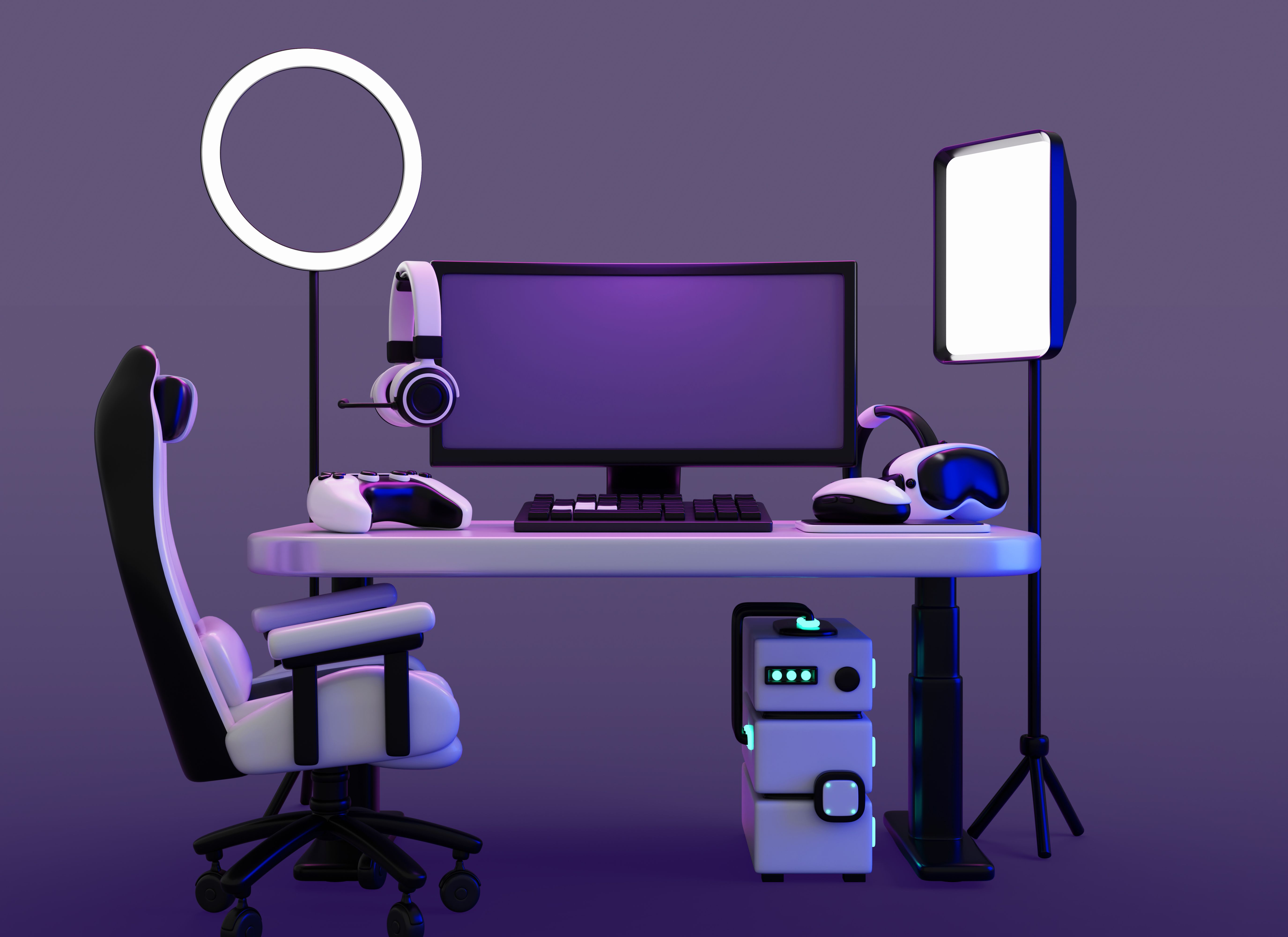Setting Up a Professional Gaming Rig: Step-by-Step Guide
Understanding Your Needs
Setting up a professional gaming rig is an exciting venture, but it's essential to first understand your specific needs. Are you a competitive gamer, or do you enjoy immersive single-player experiences? Your preferences will influence the choice of components and peripherals.
Consider factors like the types of games you play and any additional uses for your rig, such as streaming or video editing. This will help you determine the necessary specifications for your system.

Choosing the Right Components
Processor and Graphics Card
The processor and graphics card are the backbone of any gaming rig. For high-end gaming, opt for a multi-core processor and a powerful graphics card. Brands like AMD and NVIDIA offer top-tier options that can handle the latest games with ease.
Memory and Storage
Memory is crucial for smooth gameplay. Aim for at least 16GB of RAM, though 32GB is preferable for more demanding applications. For storage, consider a combination of SSD for speed and HDD for capacity.

Building Your Rig
Case and Cooling
Choose a case that fits your components and allows for sufficient airflow. Proper cooling is essential; consider liquid cooling solutions if you plan to overclock your system.
Assembly Process
Assembling a gaming rig can be a daunting task, but it’s manageable with the right approach. Start by installing the CPU and RAM on the motherboard, then place it in the case. Follow with the graphics card and storage devices. Make sure to connect all power cables securely.

Setting Up Peripherals
Choosing the right peripherals enhances your gaming experience. Invest in a high-resolution monitor with a fast refresh rate, a responsive mechanical keyboard, and a precise gaming mouse. Additionally, a good quality headset will improve in-game communication.
Don't overlook ergonomics. A comfortable chair and desk setup will ensure you can game for hours without discomfort.
Optimizing Performance
Once your rig is up and running, it's time to optimize performance. Update all drivers and consider using software to tweak settings for your specific games. Overclocking your GPU and CPU can yield better performance, but proceed with caution to avoid overheating.

Maintaining Your Gaming Rig
Regular maintenance is key to keeping your rig in top condition. Clean dust filters and fans monthly, and ensure all software is up to date. Periodically check for hardware wear and tear to prevent potential issues.
With the right setup and maintenance, your professional gaming rig will provide countless hours of entertainment and performance. Happy gaming!